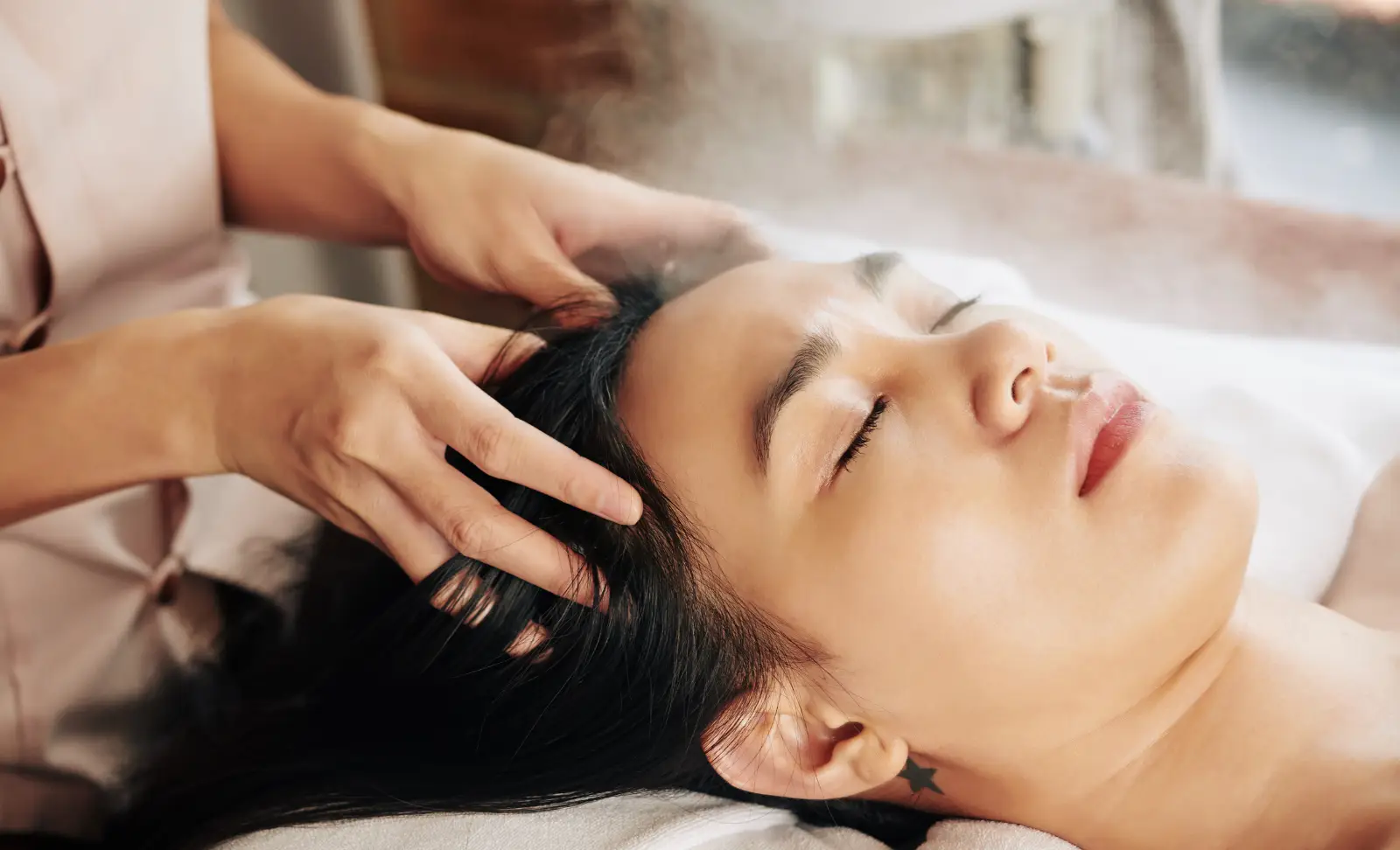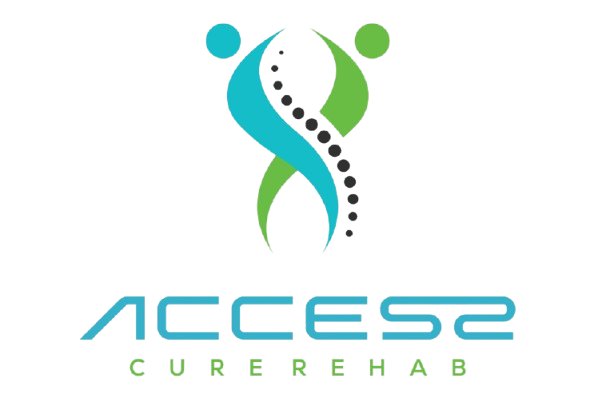Discover the benefits, methods, and science behind scalp stimulation for hair growth, neurological health, and overall well-being, guided by the expert insights of Dr. Bhaskar and the holistic care approach of Accesscure.

Scalp stimulation, often overlooked in mainstream health and wellness conversations, is a powerful technique with far-reaching effects. At Accesscure, under the visionary guidance of Dr. Bhaskar, scalp stimulation has emerged as an essential part of holistic healing therapies—especially in the context of neurological rehabilitation, hair regeneration, and cognitive improvement. This comprehensive article delves deep into the science, techniques, benefits, and applications of scalp stimulation.
Table of Contents
- Introduction to Scalp Stimulation
- Anatomy and Physiology of the Scalp
- Scientific Basis of Scalp Stimulation
- Benefits of Scalp Stimulation
- Methods of Scalp Stimulation
- Manual Techniques
- Tools and Devices
- Electrical and Neurological Stimulation
- Acupressure and Reflexology
- Scalp Stimulation for Hair Growth
- Scalp Stimulation in Neurological Therapy
- Role in Stroke and Paralysis Recovery
- Role in Autism Spectrum Therapy
- Use in Parkinson’s and Alzheimer’s Support
- Integration of Scalp Stimulation at Accesscure
- Dr. Bhaskar’s Approach to Personalized Scalp Therapies
- Scalp Stimulation and Mental Health
- Combining Scalp Stimulation with Ayurveda, Nutrition, and Physiotherapy
- Precautions and Contraindications
- Patient Success Stories at Accesscure
- Frequently Asked Questions
- Conclusion
1. Introduction to Scalp Stimulation
Scalp stimulation refers to various methods of activating the scalp using touch, vibration, pressure, or electrical pulses. The primary goal is to improve blood circulation, activate nerve endings, and promote healing responses. From enhancing hair health to supporting brain function, the scalp is a strategic therapeutic zone.
2. Anatomy and Physiology of the Scalp
The human scalp is rich in blood vessels, nerve endings, hair follicles, and connective tissues. It is divided into five layers (mnemonic: SCALP):
- Skin: Contains hair follicles and sebaceous glands.
- Connective tissue: Rich in blood vessels and nerves.
- Aponeurosis: The tough fibrous layer.
- Loose areolar tissue: Facilitates scalp mobility.
- Periosteum: Covers the skull bone.
The dense innervation makes it highly responsive to stimulation, which is why even mild massage can produce noticeable results in mood, circulation, and sensation.
3. Scientific Basis of Scalp Stimulation
Studies show that scalp stimulation:
- Increases blood flow to the scalp and brain
- Enhances neuroplasticity, the brain’s ability to form new connections
- Promotes the release of endorphins and serotonin
- Activates meridian points in Eastern medicine, connected to body systems
- Triggers hair follicle activation via increased nutrient delivery
Clinical research, especially in stroke rehabilitation, supports its use in restoring neural pathways, particularly when paired with other neurotherapies.
4. Benefits of Scalp Stimulation
- Hair Health: Reduces hair fall, stimulates dormant follicles, improves scalp health
- Cognitive Clarity: Enhances focus, memory, and attention
- Stress Relief: Reduces cortisol, improves sleep, calms the nervous system
- Neurological Support: Stimulates neural regeneration post-stroke or injury
- Emotional Balance: Uplifts mood, lowers anxiety, and manages depression symptoms
- Pain Relief: Particularly helpful in tension headaches, migraines, and cervical stiffness
5. Methods of Scalp Stimulation
Manual Techniques
- Scalp Massage: Circular motion using fingertips to enhance blood flow
- Knuckle Rubbing: Deeper pressure stimulates connective tissues
- Tapping: Gentle rhythmic tapping to activate nerve endings
- Pinching and Plucking: Ancient technique to stimulate follicular activity
Tools and Devices
- Scalp Massagers (manual or electric)
- Derma Rollers (microneedling tools for hair regrowth)
- Combs with Acupressure Spikes
Electrical and Neurological Stimulation
- Transcranial Direct Current Stimulation (tDCS)
- Low-Level Laser Therapy (LLLT)
- Microcurrent Therapy
Used at Accesscure to complement neuro-rehabilitation under Dr. Bhaskar’s protocols.
Acupressure and Reflexology
Targeting marma points (Ayurveda) or acupuncture points (TCM) on the scalp releases blocked energy and supports systemic healing.
6. Scalp Stimulation for Hair Growth
Hair loss is often a symptom of poor scalp health, stress, or nutritional deficiencies. Scalp stimulation addresses all three by:
- Enhancing nutrient and oxygen delivery
- Unblocking follicles
- Balancing sebum production
- Reducing inflammation
Accesscure combines scalp stimulation with nutritional advice, herbal therapies, and PRP (Platelet-Rich Plasma) in advanced cases for optimal outcomes.
7. Scalp Stimulation in Neurological Therapy
Stroke and Paralysis Recovery
After a stroke, brain plasticity becomes key. Scalp stimulation:
- Re-engages dormant neurons
- Reconnects motor and sensory pathways
- Promotes voluntary movement via reflex arcs
This is an integral part of NeuroAccess Protocol developed by Dr. Bhaskar.
Autism Spectrum Disorders
Children with ASD benefit from tactile stimulation as part of sensory integration therapy. Scalp therapy:
- Reduces sensory aversion
- Increases attention span
- Enhances sleep quality and communication ability
Parkinson’s and Alzheimer’s
By activating scalp neurons, therapy improves:
- Dopaminergic activity
- Memory consolidation
- Mood and motor control
8. Integration of Scalp Stimulation at Accesscure
At Accesscure, scalp stimulation is not an isolated treatment. It is personalized and integrated with:
- Neuro-physiotherapy
- Ayurveda and Panchakarma
- Biofeedback and occupational therapy
- Nutritional support
The team, under Dr. Bhaskar’s supervision, customizes protocols depending on the patient’s neurological or hair-related goals.
9. Dr. Bhaskar’s Approach to Personalized Scalp Therapies
Dr. Bhaskar believes in targeting the root cause, not just symptoms. His unique protocols include:
- Pulse diagnosis for Ayurvedic correlation
- Neurological assessment for brain mapping
- Digital thermography to identify inflammatory areas
- Mind-body alignment through meditation and breathing techniques
10. Scalp Stimulation and Mental Health
Depression, anxiety, and burnout manifest physically in the scalp as tension or pain. Stimulating the scalp:
- Releases endorphins
- Balances vagus nerve activity
- Improves sleep and emotional regulation
- Restores mental alertness and calm
At Accesscure, this is combined with yoga therapy and cognitive behavioral practices.
11. Combining Scalp Stimulation with Ayurveda, Nutrition, and Physiotherapy
Ayurveda
- Nasya therapy (nasal drops) enhances cranial clarity
- Herbal oils like Brahmi, Bhringraj, and Jatamansi nourish the scalp
Nutrition
- High-protein, iron-rich diet improves hair and brain function
- Omega-3s, B-vitamins, and adaptogens are recommended
Physiotherapy
- Cervical stretching, cranial sacral therapy, and reflexive exercises improve blood flow and posture—amplifying stimulation effects.
12. Precautions and Contraindications
Scalp stimulation is generally safe, but caution is advised in:
- Open wounds or recent surgeries on the scalp
- Active scalp infections
- Certain neurological implants (check before electrical stimulation)
- Severe migraines
Accesscure performs detailed health assessments before starting therapy.
13. Patient Success Stories at Accesscure
Case 1: Stroke Recovery
A 56-year-old patient regained speech and right-arm movement within 6 months after combining neuro-physiotherapy and scalp stimulation.
Case 2: Child with Autism
A 7-year-old showed remarkable behavioral improvements and increased eye contact after sensory-focused scalp therapy.
Case 3: Hair Regrowth
A 34-year-old woman reversed alopecia patches with weekly herbal oil massages and derma rolling under Dr. Bhaskar’s guidance.
14. Frequently Asked Questions
Q1. How often should I do scalp stimulation?
For therapeutic effects, 3–5 times a week is optimal. Daily for hair growth support.
Q2. Can I do it at home?
Yes, with proper tools and guidance. Accesscure offers online support and videos.
Q3. Are there side effects?
Mild tingling or redness is normal initially. Discontinue if severe discomfort arises.
Q4. Is it suitable for children?
Yes. Especially beneficial for children with developmental delays, ADHD, or ASD.
15. Conclusion
Scalp stimulation is a simple yet transformative tool that bridges the gap between physical healing and neurological rejuvenation. At Accesscure, with the expert leadership of Dr. Bhaskar, this technique is revolutionizing recovery and wellness journeys—whether it’s regrowing hair, reclaiming brain function, or restoring mental peace. Whether you’re looking to manage stress, recover from a stroke, or improve your cognitive clarity, adding scalp stimulation to your health regime could be the missing key.
Book a consultation at Accesscure today and experience the difference scalp therapy can make in your life.
